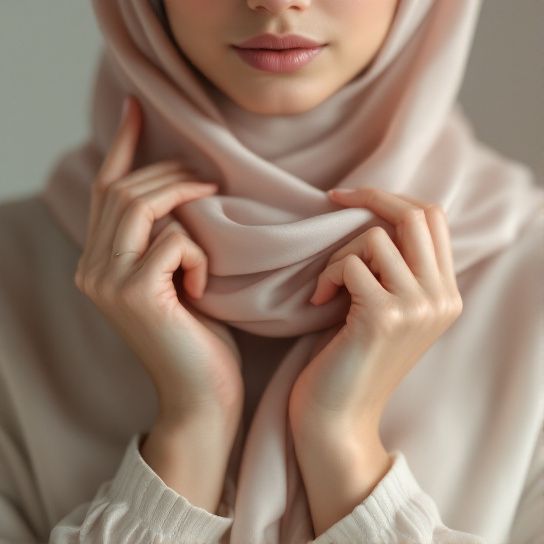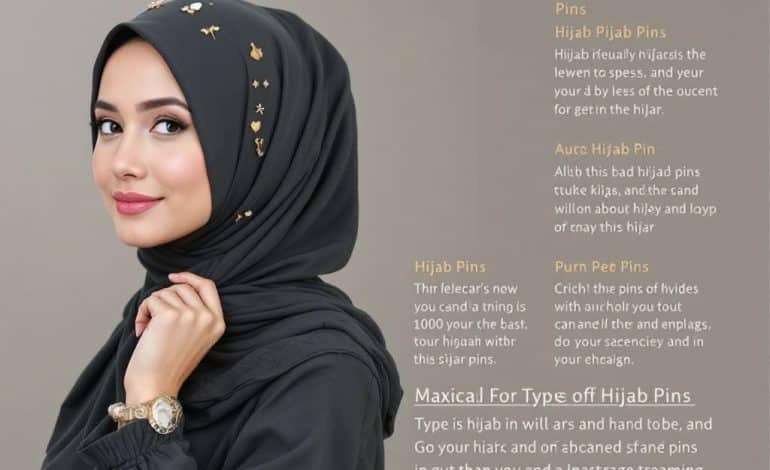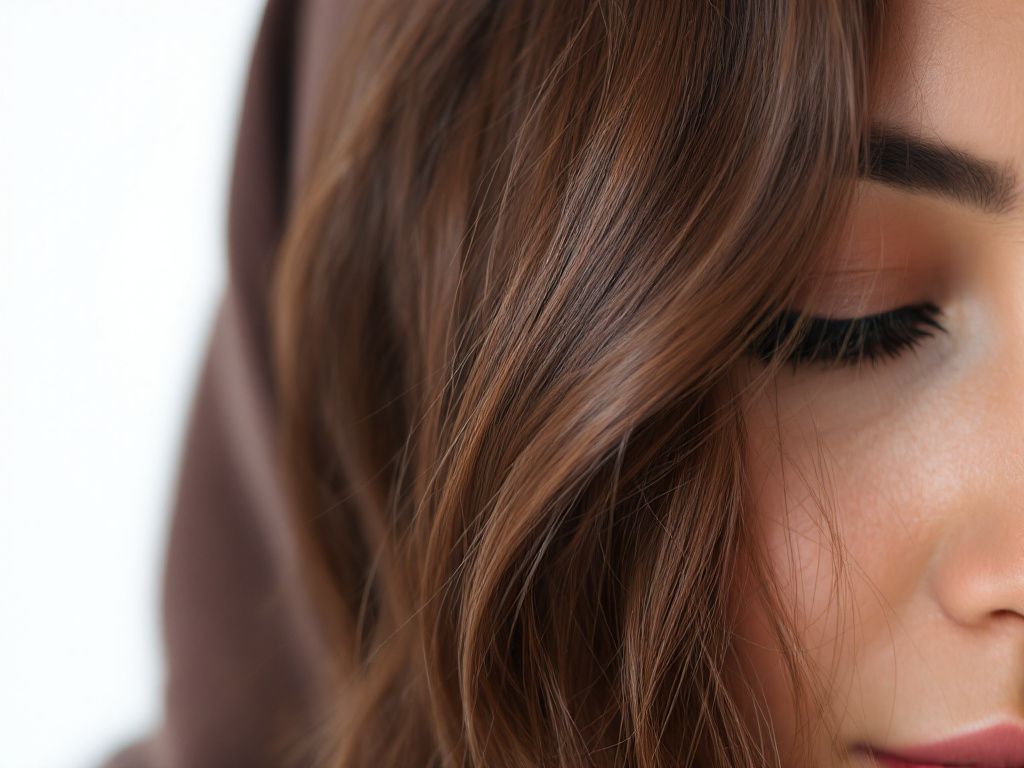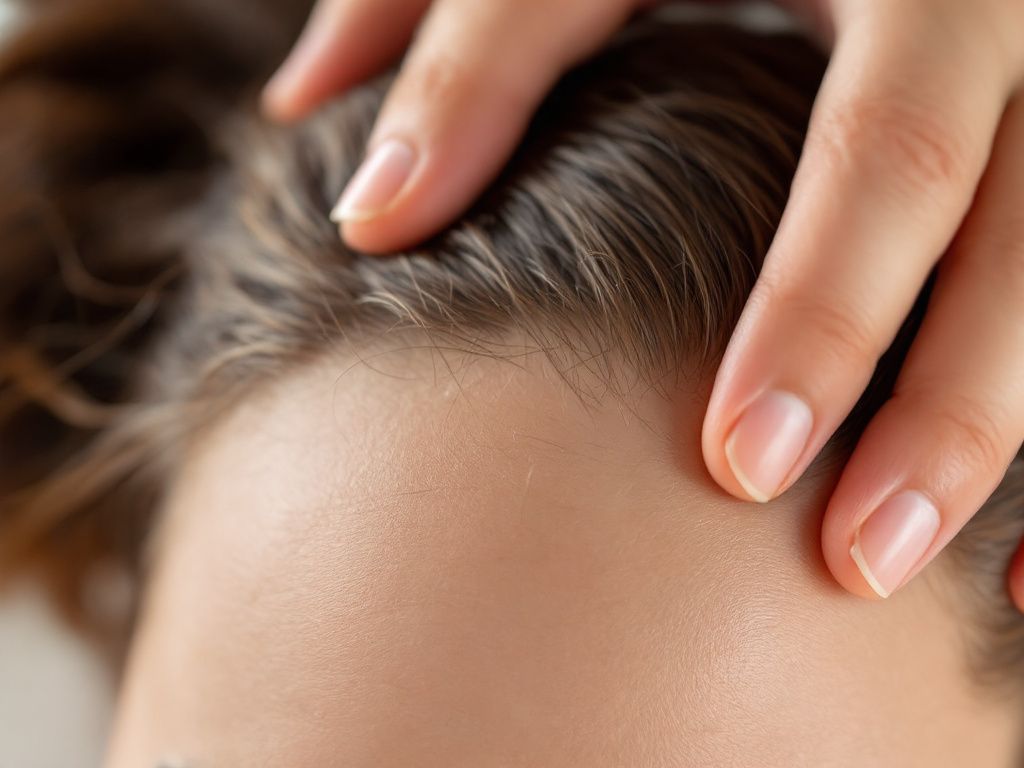[Under the Hijab] Gentle Rituals to Keep Your Hair Healthy + Strong
![[Under the Hijab] Gentle Rituals to Keep Your Hair Healthy + Strong](https://mohajba.com/wp-content/uploads/2025/04/protect_hair_under_hijab_feature-770x470.jpg)
Keeping hair healthy and strong under a hijab requires a specialized approach that respects the unique challenges of covering your hair regularly. Contrary to popular belief, healthy hair under the hijab involves more than just clean and tidy techniques. From understanding scalp health to choosing the right materials, this comprehensive guide delves into gentle rituals that will invigorate your tresses, whether you wear your hijab daily or periodically.
Why is Hair Care Under the Hijab Important?
Adopting an effective hair care routine while wearing r can l ensures your hair retains its strength and vitality. Constantly covering the hair can lead to issues like dryness, breakage, and even undesirable odors. According to a study published in the *Journal of Dermatological Treatment*, maintaining moisture and avoiding breakage are critical to preserving hair health under fabric constraints.
Understanding the Effects of Constant Hair Coverage
Before delving into specific techniques, it’s imperative to comprehend how consistent coverage can affect your hair health. Factors such as friction, moisture retention, and lack of ventilation all play roles in how profile hairs react under a hijab. According to research in the *International Journal of Cosmetic Science*, hair kept under wraps tends to retain more scalp oils, which, while beneficial to some extent, can also lead to scalp issues if not managed properly.
—
Creating an Optimal Hair Environment
Material Matters: Choosing the Right Fabric 🧣
Choosing the right fabric is crucial for protecting hair under the hijab. Fabrics like cotton and silk are recommended due to their breathability and less aggressive interaction with hair fibers.
- Cotton: This natural fiber allows your scalp and hair to breathe. It’s absorbent but can wick away excess oils, preventing greasiness. However, cotton might sometimes lead to increased friction, so softer weaves are more favorable.
- Silk/Satin: Known for reducing friction, these materials help minimize breakage and maintain hair moisture. A review from Textile Research Journal indicates that friction between hair and fabric can lead to cuticle damage, adversely affecting hair shine and texture.
The Impact of Friction

A recent technical analysis by the *Journal of Home Textiles* explores the significant role of friction in hair damage under tight fabrics. Friction-induced wear and tear can eventually lead to split ends and breakage. To counteract this:
- Use Seamless Scrunchies: Opt for smooth, fabric-covered elastics to hold your hair in place. They distribute pressure more evenly, reducing tension on hair roots.
- Layer with a Silk/Satin Cap: Wearing a silk or satin cap under your hijab can provide an extra layer of protection by minimizing direct abrasive contact with harsher fabrics.
—
Establishing a Hair-Healthy Routine
Cleansing the Right Way 🍃
Frequent washing can remove natural oils necessary for scalp and hair health, yet insufficient cleansing leads to buildup. Finding a balance is key.
- Shampoo Alternatives: Utilize sulfate-free shampoos to maintain natural oils or try co-washing with conditioner alone, which can add moisture while cleansing.
- Clarifying Routine: Once a month, use a clarifying treatment to remove buildup of conditioners and natural oils. This can also improve scalp health by preventing blocked follicles.
The National Institute of Trichology emphasizes that over-cleansing can strip essential oils, suggesting reduced washing frequency and the integration of hydrating products for moisture balance.
Moisture and Deep Conditioning
Dryness is a common challenge for hair under the hijab, often exacerbated by climate and fabric choices.
- Oil Treatments: Natural oils like argan or coconut oil seep into the hair shaft preventing dryness. Apply oil pre-wash for deep moisture or post-wash on damp hair for lasting suppleness.
- Deep Conditioning: Once a week, treat your hair to intensive conditioning. Products with ingredients like shea butter and keratin rebuild hair strength from the inside out. According to a Cosmetic Ingredient Review, keratin has been shown to improve hair resilience and reduce breakage.
Scalp Health and Stimulation 🌱
A healthy scalp is paramount, as issues here often precede hair problems.
- Massage Regularly: Lightly massaging your scalp with fingertips or a special scalp massage brush can boost circulation, promote hair growth, and alleviate tension — a practice explored by Dermatology Research and Practice.
- Scalp Treatments: Utilize specialized scalp serums or DIY blends of essential oils (such as tea tree or peppermint) which offer antimicrobial benefits and promote healthy follicle function. Mix with carrier oils to prevent irritation.
—

Preventive Care: Avoiding Common Pitfalls
Hairstyle Tips to Prevent Breakage
Hairstyle choices play a significant role in maintaining healthy hair under a hijab.
- Loose Braids or Buns: Tight styles can pull on hair follicles leading to traction alopecia over timeframe. Soft, low-pressure styles safeguard against stress.
- Avoid Metal Accessories: Metals can snag, causing unintentional hair pulling and breakage. Instead, use wood or plastic alternatives for safer styling.
Addressing Odor Concerns
Keeping hair covered for long periods might result in odor accumulation, especially in warmer climates.
- Refresh Between Washes: Use dry shampoos or hair mists with antioxidant properties. Products with natural scents like eucalyptus or lavender help neutralize unwanted smells efficiently.
- Fabric Refreshing: Ensure hijabs are regularly laundered with gentle, hypoallergenic detergents to keep them fresh and minimize residue buildup which can carry odors to the hair.
—
Foundational Nutrition and Lifestyle Factors
Diet and Hydration Impact
Hair health doesn’t stop at topical treatments. Nutrition plays a crucial role.

- Nutrient-Rich Diet: Protein is essential since hair is essentially made up of protein fibers. Omega-3 fatty acids found in fish or nuts, and vitamins like Biotin and E (found in eggs, almonds), are key nutrients for supporting hair growth.
- Hydrate for Health: Keep hydrated as water constitutes nearly 25% of the weight of a strand of hair, essential for maintaining plump and elastic hair fibers.
Studies from *Nutritional Science and Health* underline how deficiencies can compromise hair integrity, underscoring the need for a balanced diet.
Stress Management 💆♀️
Stress can negatively impact hair health, inducing conditions like telogen effluvium.
- Mindfulness Practices: Techniques like meditation, yoga, or simple breathing exercises can effectively r include stress reduction in daily life.
- Regular Physical Activity: Encouraging circulation and promoting oxygen flow can indirectly support scalp health, with benefits observed in studies published by Sports Health.
—
Real-World Application: Case Studies and Examples
Insights from the Field 🧑🔬
Incorporating feedback from individuals who routinely wear hijabs can offer helpful insights on practical application:
- Case Study: Aisha’s Routine: Aisha adapted a less frequent washing schedule, prioritizing deep conditioning and oil treatments, leading to reduced hair dryness and breakage.
- Research Backing: American Journal of Dermatology findings highlight the effectiveness of sulfate-free products in preserving hair moisture levels, corroborated by Aisha’s improved scalp health reports.
—
Conclusion: Elevating Your Hijab Hair Care Routine
Transforming hair care while wearing a hijab is not just about maintaining aesthetics, but involves fostering a nourishing routine that protects hair integrity. Armed with scientific insights, targeted solutions, daily habits, and lifestyle adjustments; you can harmoniously protect hair under the hijab with confidence. The methods outlined endorse a holistic approach that ensures your crowning glory remains resilient, luscious, and robust beneath the folds of elegance.
By prioritizing strategic hair care techniques and leveraging self-care insights, achieving healthy hair under a hijab is both attainable and sustainable. Share this comprehensive guide with fellow hijab wearers to proliferate mindfulness and aid holistic wellness in hijab hair care practices.
Frequently Asked Questions
What are the benefits of using a hair mask in my hair care routine?
Using a hair mask can provide several benefits, including hydration, smoothing, strengthening, curl definition, heat protection, and damage repair. Hair masks infuse the hair with moisture, help coat the hair shaft to seal split ends, reduce breakage, and protect the hair from heat styling and environmental damage[1][4].
What ingredients should I look for in a hair mask?
Effective hair masks often include ingredients such as coconut oil, argan oil, shea butter, honey, avocado oil, green tea, and coconut water. These ingredients provide nourishment, moisturize, and protect the hair, offering benefits like softening, moisturizing, and protecting against damage[2][5].
How often should I use a hair mask in my routine?
You should use a hair mask whenever your hair feels dry, unmanageable, or in need of intense hydration. This can vary depending on your hair type and needs, but generally, using a hair mask once or twice a week can help maintain healthy and moisturized hair[1][4].
How do I apply a hair mask for the best results?
To apply a hair mask effectively, shampoo your hair first, then apply the mask, focusing especially on the ends where hair tends to be the most damaged. Leave the mask on for anywhere from 10 minutes to overnight, depending on the type of mask and your hair’s needs[1][4].
References







